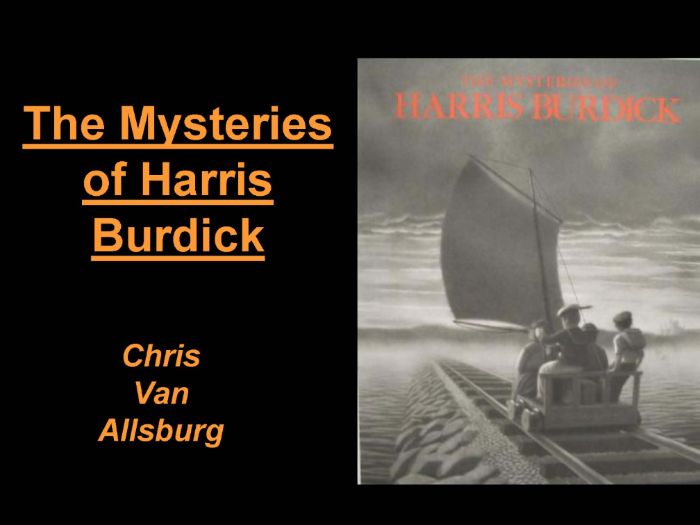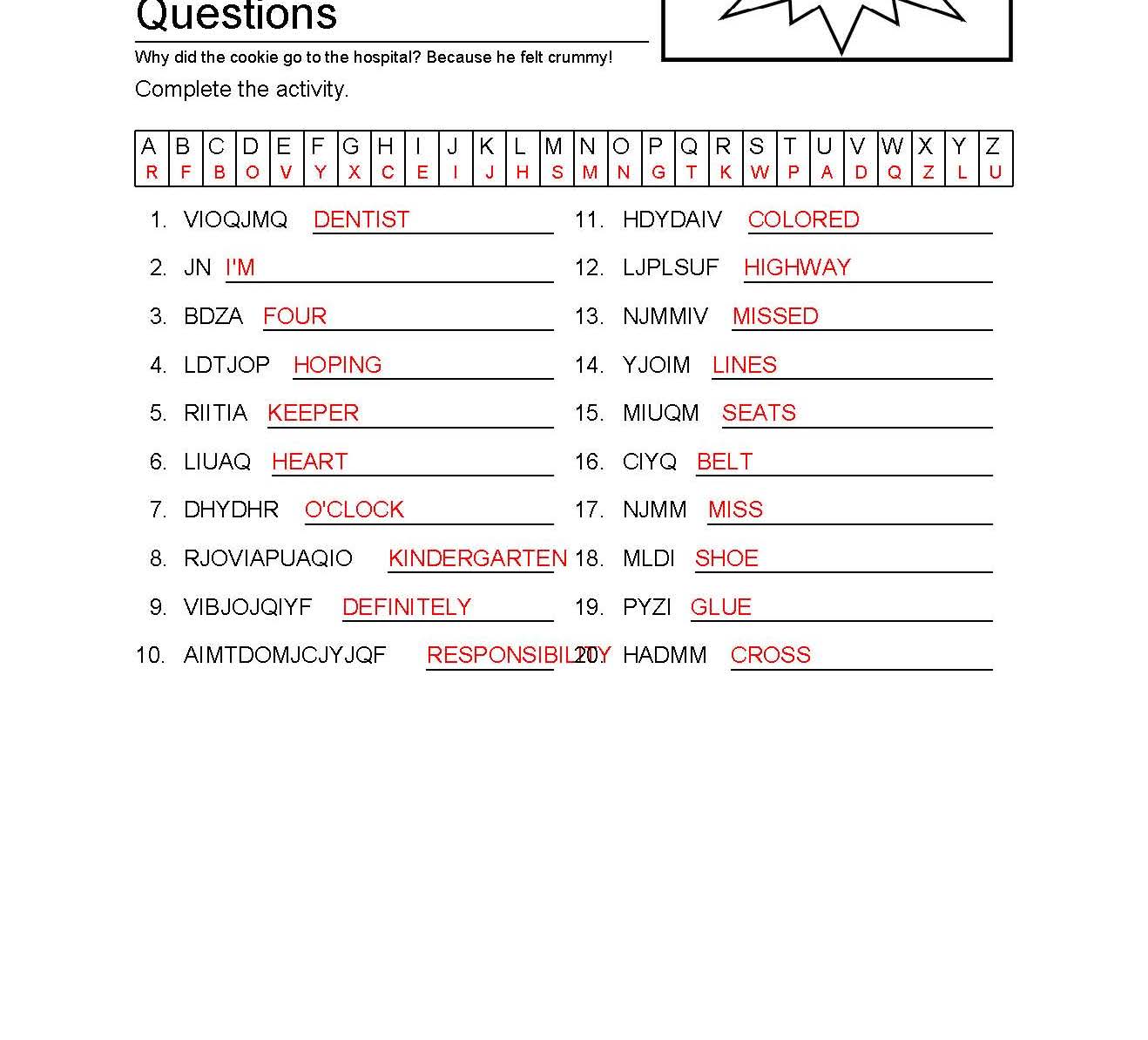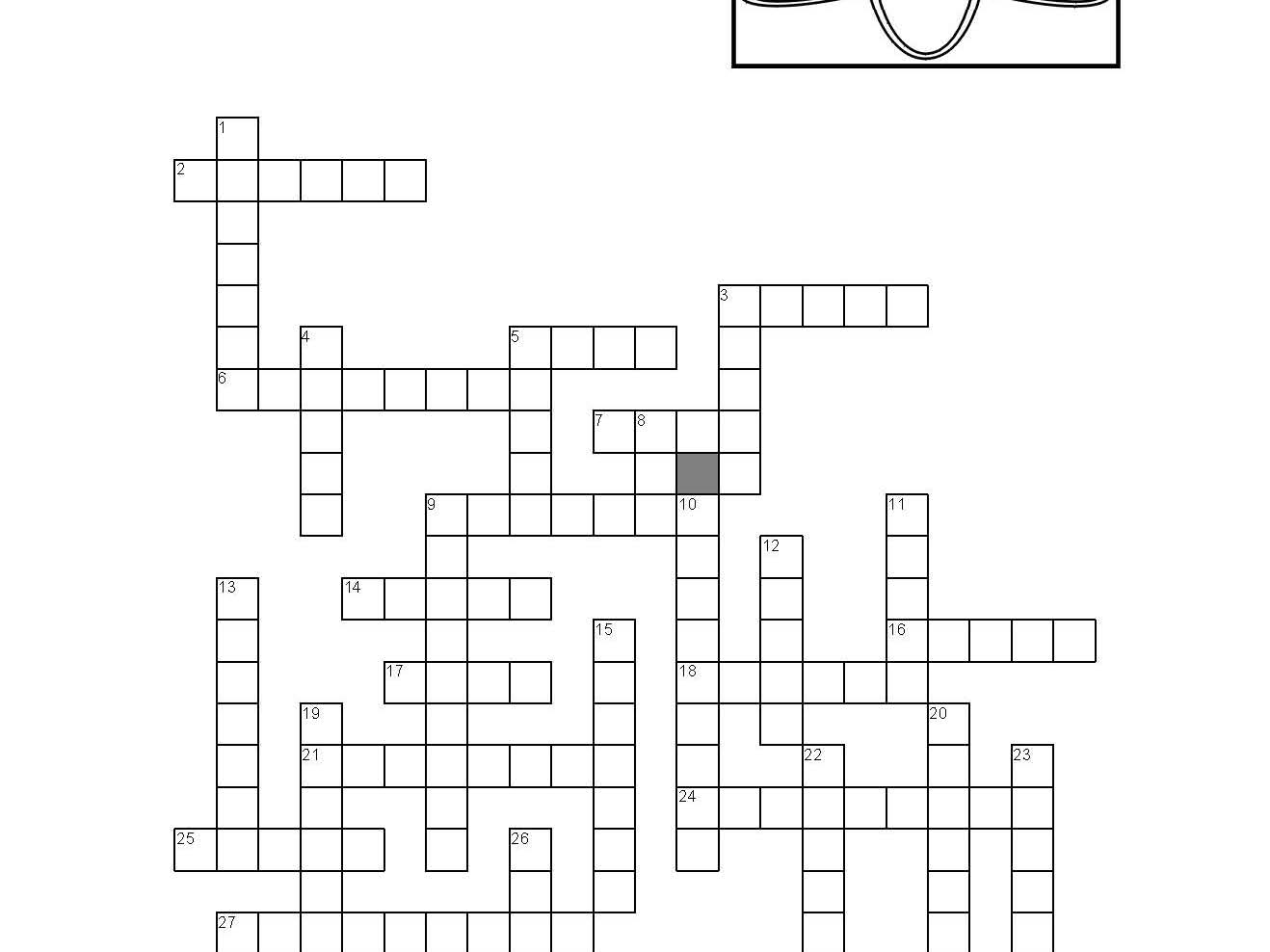389Uploads
111k+Views
38k+Downloads
Languages

English year 5 and 6 The Mysteries of Harris Burdick Planning and Powerpoints Literacy year 5
A great collection for teaching this interesting topic.
You get powerpoints and planning.
Sample :
Punctuate sentences accurately, including using speech marks and apostrophes.
Use commas to mark clauses.
Group and classify words according to their type and meaning.
Read a variety of texts, commenting on the author’s choice of vocabulary.
Construct sentences which are punctuated correctly; including the use of commas, speech marks and apostrophes.
Use a range of connectives to join sentences.
Experiment with complex sentences.
Whole Class Shared Learning
Discuss pronouns (homework)
Define each type of word: Noun, adjective, verb and adverb. Build up a sentence as we go.
Show the children a picture on the whiteboard of a horse galloping and of a lightning bolt. Children to write down 3 (LA) or 5(MA and HA) important nouns from the picture. Share. On the left of the noun, children to write an adjective to modify or describe the noun. Share. After the noun, children to write a verb and then an adverb to qualify the verb.
e.g. The black horse galloped elegantly along the beach.
Praise the children on yesterday’s literacy work – they showed knowledge of the function of nouns, adjectives, verbs and adverbs (HA showed knowledge of the difference between common, proper and pro nouns).
Children to name a range of punctuation – I record on the board (I do not add to it at this point).
Ask volunteers to illustrate uses of the punctuation named. Look on the punctuation pyramid – have we named any L5 punctuation? This is what we should be aiming at all the time.
Children to have a variety of sentences to up level punctuation on their whiteboards.
Come back to ‘The Mysteries of Harris Burdick’. Read through all of the captions and talk about ‘reading’ the illustration. Allow children time to talk about the ‘mystery’ – what do they think happened to Harris Burdick?
Choose a picture from ‘The Mysteries…’ and list all of the questions which it provokes. What do children think of the pictures? Do the captions answer any of the questions?
Talk about the settings in the pictures – often they are recognisable, familiar settings where things are not as they seem. Explain that we would call this ‘Stories in a familiar setting’.
Model the task.
Use PPT to study speech punctuation.
Use the pictures from ‘The Mysteries…’ to write some possible dialogue.
Model possible conversations, including synonyms for said and adverbs plus adverbial clauses. With correct punctuation.
Look at some of the pictures from ‘The Mysteries …’
Think / discuss some of the characters in the pictures. Use adjectives to describe them – give them names. From the pictures come up with verbs to describe what they are doing then add adverbs and adverbial clauses.

Ash Wednesday Lent Teaching Resources Planning Powerpoints Worksheets Religion
I taught in Catholic schools for years.
Now happily retired, I have assembled all my planning for Lent.
Packed full of stuff. Powerpoints, planning, worksheets, masses etc etc.
This will really make your life easy.
Over 300 mb of stuff. Nearly 500 files.
Sample planning :
PRAYER Start with prayer, light candle, music – look at and reflect on the temptations of Jesus.
INTRODUCTION
Read the text of the temptations of Jesus. Why was Jesus in the desert in the first place? What had just happened to him before this episode in his life?
Recall the three things the devil asked Jesus to do.
What was Jesus’ response on each occasion?
Why do you think these three things were chosen to tempt Jesus?
Jesus was as human as you and me, in all but sin, and yet at the same time he was Gods’ Son.
Do you really think it was difficult for him to say no to the devil? Why do you think it might have been difficult?
Look at the text again. Are there any indicators, which show that this was easy?
MAIN ACTIVITY
Imagine you are Jesus. Write a diary entry about the temptations and how it affected you.
LA to use writing frame
MA to work with partners and write a diary entry about the temptations and how it affected them.
HA to work independently and write a diary entry about the temptations and how it affected them. They will need to also discuss the different responses given by Christ.
Assistant to support LA group. TA n/a
PLENARY AND PRAYER
Reflect on the temptations of Jesus in the desert.
End with prayer – reflect on Jesus’ response to the devil.
PRAYER Start with prayer, light candle, music – look at and reflect on
the temptations of Jesus.
INTRODUCTION
Using the following:
read the text of the temptations of Jesus.
In groups, children to brainstorm the word “temptation” and create a mind map of associated words. What is it like when you are tempted to do something you shouldn’t?
How can we tell the difference between doing something that is right or wrong?
How can we resist the things that are wrong?
MAIN ACTIVITY
Children to write of a time when they resisted temptation or when somebody gave into temptation. Explore the consequences of the different actions.
LA to use writing frame
MA to work with partners and write of a time when they resisted temptation
HA to work independently and write of a time when they resisted temptation and when they gave into temptation. They will need to explore the consequences of the different actions.
Mr Mayor to support LA group
TA n/a
PLENARY AND PRAYER
Reflect on the difference between doing something that is right and something wrong.
End with prayer – reflect on how we can resist the things that are wrong.

Year 3 Maths English Planning Topic work on China
English and maths planning. 39 files
Text: ARCHIES WAR – Marcia Williams
Genres covered in this unit: 2 weeks - character descriptions – to include descriptive settings
Letter writing, information texts and propaganda posters.
Children have white boards. I will describe a person and you must draw them From the twits Roald dahl(Mr Twits). Children share ideas from the first opening paragraph. What made this so visual. LANGUAGE
Look at a series of images. Witch, doctor, pirate.
Look at the features, are there similarities.
Elaborated pictures of people. Famous and non famous.
Discussion and focal point.
Play head band with the children. They have to describe the person they are holding and the partner has to guess who it is.
Expanding on words to describe Steps to Success
Mild: To review characters
Spicy: To recognise features of a character
Hot: To describe your character
Extra Hot: How could you describe yourself? Tell me.

Euro Coins European Worksheets 500 Questions Mathematics Counting KS1 KS2
500 questions on counting up Euro coins.
5 worksheets with 100 questions each.
There are little pictures of the coins and the pupils have to add them up and write the answers on the sheet.
Bundle

11+ Grammar School Prep Worksheets Bundle Maths Puzzles Synonymn Literacy
Great value bundle.
Great preparation for the grammar school exams.
Ideal for parents or tutors.
All answers provided.
You’ll never run out of material with this great bundle!
Included:
11+ Grammar School Antonym Questions Literacy Worksheets
11+ Grammar School Synonym Questions Literacy 100 Worksheets with Answers
11+ Verbal Reasoning Decoding Vol 1 Maths KS2
11+ Verbal Reasoning Decoding Vol 2 Maths KS2
11+ Verbal Reasoning Questions Letter Patterns Vol 1
11+ Verbal Reasoning Questions Letter Patterns Vol 2

11+ Grammar School Synonym Questions Literacy 100 Worksheets with Answers
Synonyms are an important part of the 11+ grammar school exams. I have designed 100 worksheets on this area. I have chosen a group of over 600 words. There are 10 questions per sheets and pupils write a, b, c or d. The teacher will be able to have a lively discussion when going over the work with the pupils, discussing the meaning of all the words. Of course they can be used by not only grammar school pupils. They would suit anyone of the top end of primary, adults with learning difficulties or foreign students learning English.

500 Latin Wordsearches Word Searches Cambridge Latin Course
500 word searches on the first book of the Cambridge Latin course.
Answers provided.
The block of text has different shapes. There’s even some colour ones if you are feeling extravagant and can afford the ink!
Great for rainy Friday afternoons.
Bundle

Bargain bundle Literacy Crosswords Word Searches Antonymn Synonym KS2
Bargain bundle
worksheets on
Antonymns
Synonymns
Literacy word searches
Literacy cross words
Bundle

Bargain Bundle Worksheets Lots of Maths year 5 Maths
Mega bundle.
Loads of worksheets with answers.
Please look at the shop.
Thousands of questions plus answers.
Bundle

Back To school Bundle Nice Price Loads of Resources Years 1 to 6
Get your term kick starting with a mega bundle of resources at a bargain price.
Full of a bit of everything.
A wide selection. Have a good look at the individual things in my shop.
An incredible 31 set of different resources.

Literacy Planning Year 6 English Newspaper Reports Instructional Writing
77 files in total.
The preview gives you an idea of the flavour.
Sample planning: Reading as a Reader
Introduction
Discuss the purpose of instructions, what could they be used for? Allow the children to discuss for 1 minute the different types of instructions that there are that they know of. Take feedback and write on spider diagram. Inform the children that they are going to be going through several types of instructions over the next couple of days and analysing them as a reader. What made them successful for them, what they would have done differently etc.
Main Activity
Discuss the ‘Witches Fingers Recipe’ with the children, What do they notice straight away that is useful for us as readers? Annotate on WB.
Inform them that we are now going to create these treats reflecting on the information provided and how useful it was for us as readers.
Split the class into 2 groups - Create the treats – discussing the instructions as they go along.
Ask the children to complete the reflection sheet in pairs.
Discuss the instructions with the children and their reflection sheets, what made them successful? What would they have done better? Why? How would it have changed these instructions?
Were the children ablet o follow the instructions?
Were they able to evaluate the effectiveness of these instructions as a reader?
Were they able to identify some of the key features that made them effective, such as the layout etc?
Introduction
Remind the children that they are evaluating instructions as a reader. Inform them that today, they are going to be evaluating different card game instructions and their effectiveness. Also that we are not to support them, as they need to evaluate them themselves and they are going to tell me whether they were effective instructions at the end of the lesson and why.
Main Activity
Children are to be in mixed ability reading pairs, read through the instructions and follow the instructions independently and play the card games. Carousel the pairs to the different games, allowing them 10 minutes at each activity.
Bundle

Literacy Bundle Masses of Planning and Worksheets Primary Level
Massive bundle.
20 groups pf resources.
A wide range of levels so something for everyone.
Please look at shop for details of individual listings.
Bundle

Literacy Great Bundle Masses of Planning Ideal for Supply Teaching
A massive bundle.
Tons of resources over a wide range of years.
Brilliant for supply teachers.
Look at my shop to see details of the individual resources.














